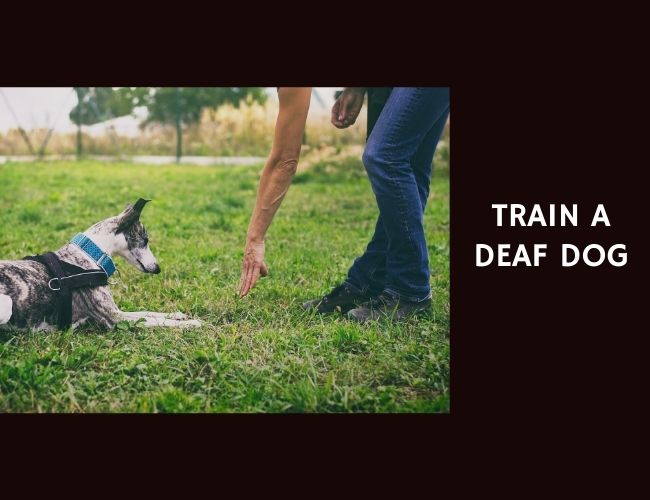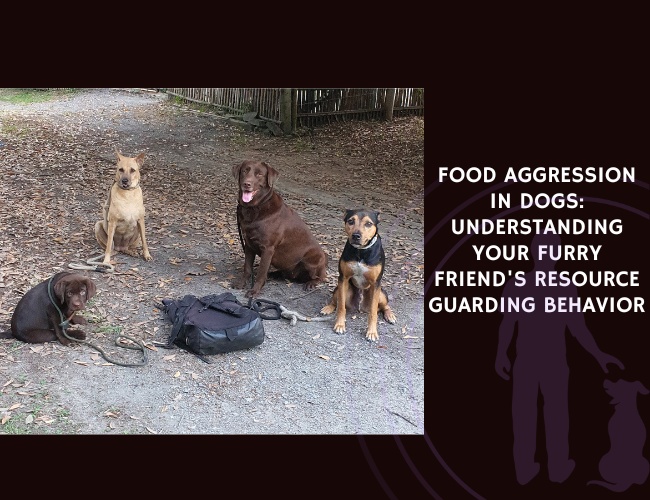Using fMRI in awake, unrestrained dogs, a 2018 study by Cook et al. suggested that certain dogs—particularly those with more aggressive temperaments—show increased amygdala activation when watching their caregiver give food to a fake dog compared to placing it in a neutral location (like a bucket). In a commentary, Zachary Silver and Laurie R. Santos expressed both excitement and caution regarding the findings.
Silver and Santos, from Yale University, emphasize that while fMRI technology offers unprecedented objectivity in studying canine emotion, it’s premature to equate this specific brain activation pattern with human-like jealousy. They argue that the observed neural response might be due to competitive instincts, fear, or simply social complexity—not necessarily jealousy as defined in humans.
“Before concluding that the observed pattern of amygdala activation in aggressive dogs is indicative of jealousy,” the authors write, “we must rule out alternative explanations.” They note that aggressive dogs might react strongly to any socially complex stimulus, such as another animal receiving a resource from a caregiver, without the emotion being true jealousy.
Furthermore, they challenge the assumption that only aggressive dogs would show such reactions. In humans, jealousy spans all temperaments. If dogs do experience jealousy, the researchers argue, it might also occur in dogs with calm or non-aggressive dispositions.
To better understand what this brain activity represents, the authors suggest future studies that vary the social context, test with different human participants (e.g., familiar versus unfamiliar), and measure responses with and without resource competition. They also recommend combining neuroimaging with behavioral data to avoid anthropomorphic misinterpretations.
Ultimately, while fMRI brings exciting possibilities to canine cognition, Silver and Santos advise researchers and the public alike to avoid premature emotional labeling of what remains a scientifically complex and open question.
Source: Zachary Silver, Laurie R. Santos. Animal Sentience, Volume 3, Article 15, 2018. Commentary on Cook et al. (2018). https://doi.org/10.51291/2377-7478.137










